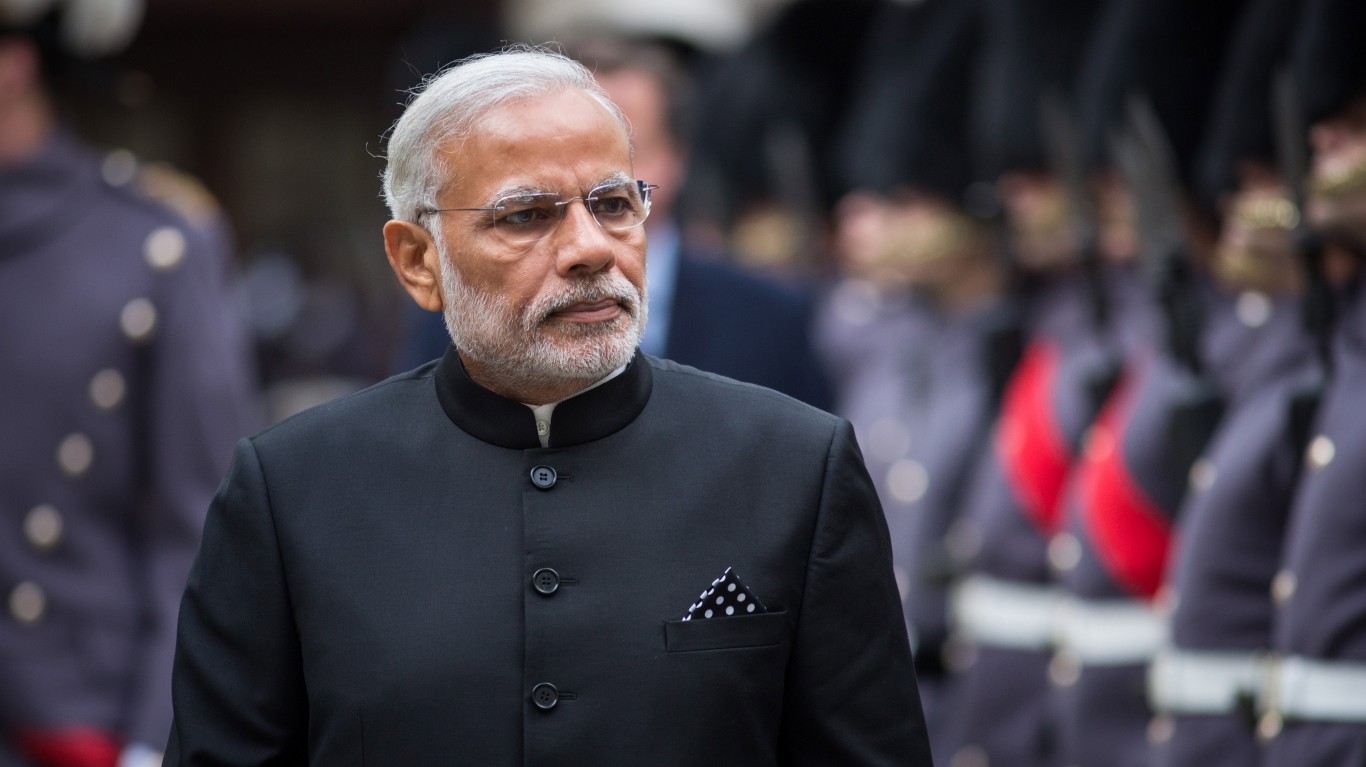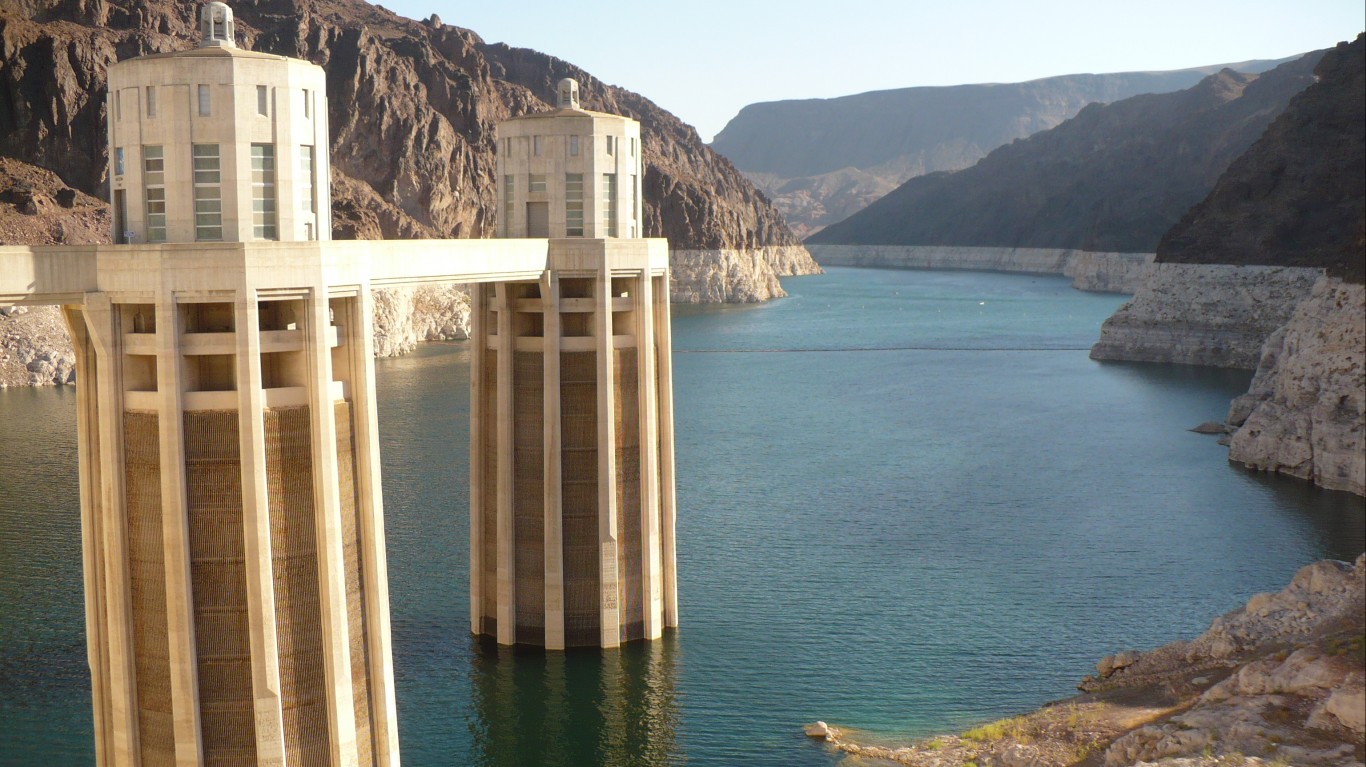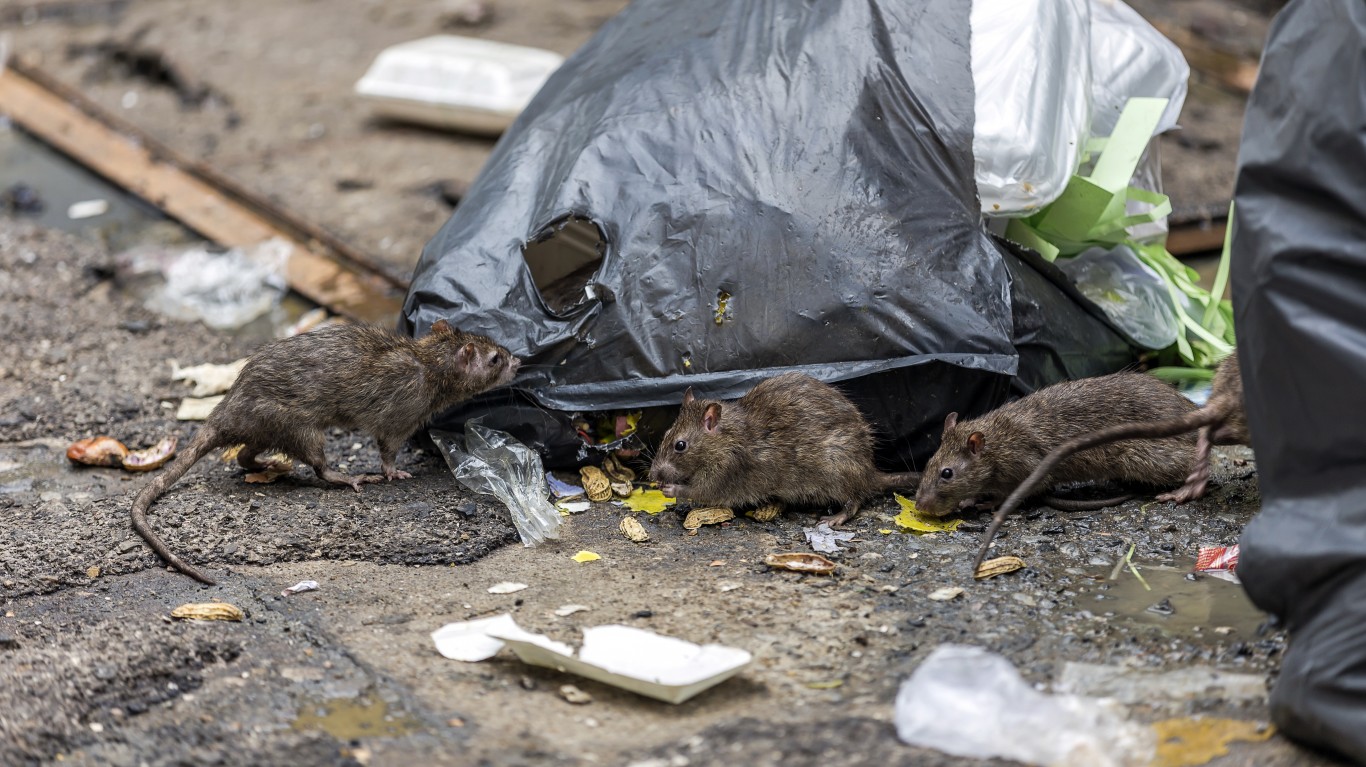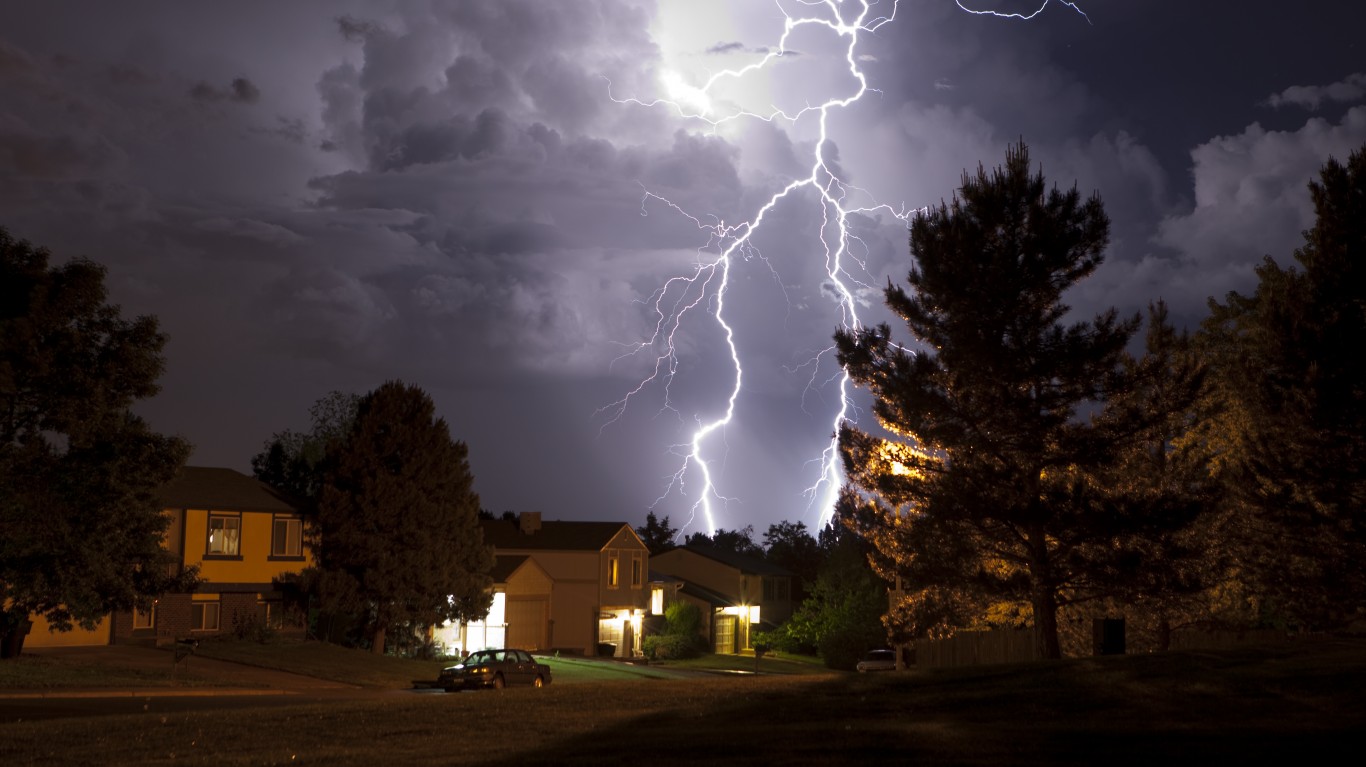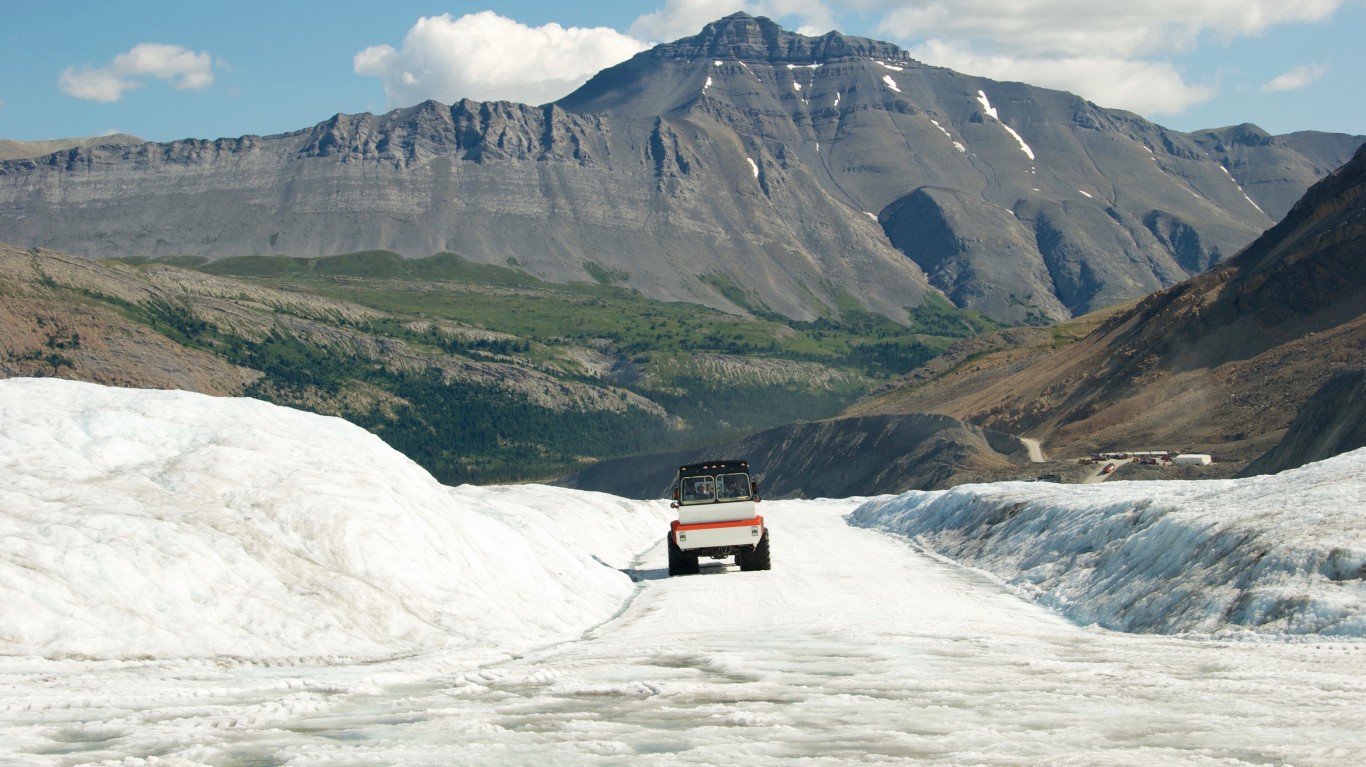By David Callaway, Callaway Climate Insights
In advance of the UN’s vital climate summit starting this weekend, Callaway Climate Insights is running previews from our top columnists all this week.
By Marsha J. Vande Berg
(Marsha J. Vande Berg is CEO of MJVGlobal Insights, serving as an educational resource to corporate and investment executives about sustainability, governance and political economies. As CEO of Pacific Pension and Investment Institute, she worked closely with global pension executives, particularly in the Asia Pacific. A Stanford Distinguished Careers Fellow, she teaches, writes for international publications and is a frequent forum and webinar speaker. Reach her on LinkedIn or Twitter.)
SAN FRANCISCO (Callaway Climate Insights) — In the nearly three decades since the UN held its first Conference of the Parties, or COP, the world has witnessed climate change move from fringe issue to global priority. COP26, starting this weekend in Glasgow, will turn the spotlight on catalyzing governments — rich and poor — as well as the private sector, to accelerate efforts to both rein in climate risk and do so by way of a just transition globally.
Rachel Kyte, the 14th dean of The Fletcher School at Tufts University, is featured as a Sustainability Star in this edition of Callaway Climate Insights. Kyte is a member of the UN Secretary General’s high level advisory group on climate action and an adviser to the UK government for COP26. She will be co-chairing the Voluntary Carbon Markets Integrity Initiative at the summit.
She participated in the efforts leading up to the 2015 Paris talks and is the former CEO of the UN partner Sustainable Energy For All, as well as the World Bank Group’s vice president and special envoy for climate change.
Throughout her career, Kyte has been a force for institutional, governmental and private sector engagement in support of affordable, sustainable energy. She recently was named to the advisory board of General Atlantic’s climate change fund, Beyond Net Zero. Time magazine, in naming her one of 15 women who is leading climate action, described her as the “go-to expert” on how to transition from fossil fuels.
(Editor’s note: The interview with Rachel Kyte took place Oct. 18, 2021.)
Sustainability Stars: Let’s jump right in: Are you headed to Glasgow for COP26? What hat will you be wearing?
Kyte: I will be there for at least the first week and will be going as a friend of COP26 and as one in a group of advisers whom the UK pulled together at the onset of their chairing this set of climate talks. Most of my time will be spent co-chairing the Voluntary Carbon Markets Integrity Initiative.
This is an initiative charged with doing the deep thinking around how to provide for a voluntary carbon market. Voluntary carbon markets are already poised for great growth. Their advantage is they can help achieve a reduction in emissions and at the same time create a stream of revenue to places in need of revenues to engineer their own transition.
So I am anticipating a lot of work on climate finance together with carbon markets.
How will your work and that of your committee contribute to the outcome in Glasgow?
Kyte: The way to think about Glasgow is as a sort of ‘how-to COP.’ In 2015, the Paris meeting really was about ‘the what.’ It was then that 196 countries agreed to work together to halt emissions enough to [limit the global average temperature increase to 2°C. above pre-industrial levels.] Then in 2018 (and again earlier this year), science weighed in to affirm that the world really needs to get under 1.5°C. if we are going to manage the impacts of climate change.
Today, looking ahead to Glasgow, governments which are signatories are expected to ratchet up their commitments for achieving net zero by 2050. It’s what’s needed to get the planet’s chemistry back into balance. And that’s a responsibility that falls heavily on those countries which account for the most emissions – which effectively are the countries in the G20.
But it now appears we may be heading to Glasgow with too few countries having ratcheted up. With just days to go, all eyes are on India in particular, because it’s felt India could be doing a lot more.
Australia is the bad boy because it’s indicated it’s not going to come up with a net zero plan at all. Nor does it intend to wean itself off coal, at least in the short term.
Then there is the issue of the commitments from China and the US, whose implementation depends on their respective domestic politics. It was hoped that China would come forward with some detail.
Meanwhile, everyone has been watching what’s happening with the infrastructure bill and the Build Back Better bill in Congress. Ironically, the rest of the world is left wondering how just two senators, one from West Virginia and the other from Arizona, can hold so much of the balance in their hands. There’s also to be a conversation in Glasgow about adaptation to the impacts of climate change. How can we help countries adapt; who pays for that and that brings us to finance.
When it comes to climate finance, there are unkept promises going back almost a decade or more, but certainly since Paris. Part of the Glasgow conversation will be the expectation that the developed world will confirm the transfer of $100 billion of climate financing annually to developing countries. That was the promise that was made. Now, COP26 needs not only to tick that box but also to have a conversation about how much more will be needed.
And that involves a conversation about what we call ‘loss and damage.’ (More will be familiar with the term reparation.) In other words, how do the countries that have caused the mess provide for a fund that will help those countries that were not part of the story of how we arrived at where we are today, but who are now experiencing losses as a result of climate change. If they have to transition from a fossil fuel-dependent economy, how will that get paid for?
Another piece in the financial architecture at COP26 is climate mitigation. Again, the question will be how are we going to pay for the crisis we’ve already caused and can’t slow down because of the pollution already in the atmosphere. Here too the question is how to pay for that which falls disproportionately on the poorer and the most vulnerable.
With just a few days to go, the headline for COP26 is: the UN’s tally of commitments shows we are not yet on track. So it’s not going to be a World Series COP where there is a walk-off home run. There may be some agreements between countries. There will be lots of announcements by the private and financial sectors. But we’ve a long slog ahead – and not a lot of time to get things on track.
Does the success of COP26 depend on fulfilling expectations that delegate nations ratchet up their commitments for reaching net zero by 2050?
Kyte: I would not be surprised — and there already are hints of this — that the UN will call on countries to revisit their ambitions and then come back not in another five years, but in 12 or 24 months. The reality is we are at 3°C. warming now. That’s much better than where we were when we were in Paris, but given that we have to make reductions of 45% by the end of this decade and then reach net zero by 2050, where we are now is not enough.
For this effort to really succeed, it would seem leadership has to emerge — leadership with moral authority to bring forward those players still on the sidelines. India is one of the countries, as you noted. Its argument, on the other hand, is that it’s a developing country with huge growth demands. Then there’s China. which is now in the midst of an energy crunch and upping its domestic coal production as a result. The hope is that COP26 puts the global economy on a path forward but who will be taking the lead?
Kyte: Three things are going on. The UN Secretary General is in a leadership position and does have a certain moral authority. Secretary General Antonio Guterres articulates that very well. Then there is the leadership and with it the moral authority coming from the streets where hundreds of thousands of young people are marching every Friday. Fridays for the Future is a global phenomenon now – and it is not just a phenomenon in the UK or Sweden.
Then there’s the science. It doesn’t hold moral authority by itself but it does present compelling evidence that climate change is real. Its leadership is in how it is being internalized by finance and the private sector. Its authority is tied to its extraordinarily robust consensus that if we were to stop emitting carbon dioxide and other associated greenhouse gases, we actually could slow warming and even halt it. So what we caused, we can fix. Its authority has held despite all of the attacks.
Central bank governors, long-term investors and even the International Energy Agency which until very recently took its cue from the oil industry — also are coming forward with pieces of the puzzle. They are part of a growing understanding that we are in the process of decarbonizing our economy — and there are things we need to do now. It’s also about understanding that we are at the beginning of a series of transitions, some of which will move very, very fast.
At the same time, there are all kinds of moral dilemmas around us, starting with how to pay for people to not get left behind. How do we make sure that we build more equality into the mix? How do we erase inequity in a greener future? We do well to remember that before the pandemic, the IMF was warning us that inequality was a corrosive force with an aggressive presence in our growth story.
To get to such a just transition, there is the $100 billion a year fund you spoke of. Is its funding now in place — or not?
Kyte: The fund was to have been established and funded before 2020 but that did not materialize. There was also a big argument over what counts toward the $100 billion — and then who counts it. I now think that the leadership in Germany and Canada is trying to make sure that the $100 billion gets tallied in a way that will pass the sniff test by the most suspicious among developing countries and also activists.
The $100 billion is an important totemic figure, but it doesn’t begin to approach what is likely to be needed. So it’s important that all concerned, including the countries coming forward with ratcheted-up plans, to understand the financing theory of change behind the plan. This includes where the money can come from. For example, the Economic Commission for Africa is interested in better access to capital markets. There is also an extraordinary explosion in green bonds, including sovereign green bonds. There are new pools of capital being talked about, including philanthropic capital which is willing to take on risks that 20 years ago the IFC or other private sector arms of development financial institutions would have done.
We’re also seeing John Kerry, the Biden administration’s special envoy for climate, spending time on Wall Street in an effort to stitch together private funds and other kinds of funding.
The $100 billion also commits richer economies to at least have a little skin in the game. Still, there are questions about how the money is to be parceled out, by whom, and based on what guidelines to ensure transparency and accountability. How’s it all to work?
Kyte: Part of this is not a new story — specifically, how to attract capital into weak governance regimes and into technologies both new and those that are not new but that can be deployed at scale in new ways. In addition, there’s the intensity of there being too little time and no room to take in white elephants or stranded assets. There’s a lot riding on the investment decisions and the way in which governments can make it easier for the private sector to engage.
There’s also huge implications for private investors in terms of how they position themselves vis-a-vis these transitions. I think most expect that corporate disclosure will become mandatory in more and more jurisdictions in the very near future. Just today, the UK put out its latest framework on sustainability finance, making clear that corporate sustainability disclosure will become mandatory. It’s already underway in New Zealand, and the EU is moving in that direction under its taxonomy.
So really there is only one direction of travel. The question is how do we help private capital be of the most use in this time of transitions. We’re not talking just about an energy transition. There’s also transition in transportation underway and in how we fund nature so that nature can keep protecting us.
That brings me again to carbon markets. I believe we will see more and more interest in these markets not only because of the liquidity they potentially can provide companies as they try to manage through their respective transitions, but also for their potential streams of revenue for countries and jurisdictions which desperately need cash to invest in their own transition.
Then all of this has to happen in an era where there’s very low levels of social trust. It’s a time when greenwashing also is rampant and, increasingly, greenwishing. Greenwishing is where people make pledges and claims but are not exactly sure how they will achieve them. Some of this can be forgiven because not every step in a transition can be clear especially when the task is developing different business models and products. But greenwashing is another matter. It’s corrosive.
Would you agree that it will be difficult to achieve Glasgow’s ultimate goals without a central authority of sorts that can oversee the various dynamics, serve as central point of contact as well as clearinghouse? Reflecting on the role of the G20 and the Financial Stability Board in resolving global governance matters following the 2008-09 global financial crisis, could we anticipate a similar structure in the wake of the upcoming G20 and COP26 meetings?
Kyte: In fact, the G20 will meet the day before COP26 starts, with many G20 leaders going directly from Rome to Glasgow. At the beginning of this year, we all hoped that with the UK as both the chair of the G7 and the climate negotiations — and then with Italy as both chair of the G20 and co-chair of the climate talks, that there would be an opportunity to fuse economic governance with the centrality of climate change.
But those hopes have been just a little dashed, in part by the emergent great power rivalry between the US and China and the knock-on effects of that rivalry; by the hangover effects of populism; and then the fact of the Biden administration saying it’s back but then being back in a slightly different way than perhaps people elsewhere had hoped. Hopes also have been constrained by the need for a robust global economic recovery from the pandemic — and the failure to date of not being able to use this moment in the recovery to cement a really robust green recovery.
So despite lots of rhetoric about building back better, the recovery plans of most of the G20 countries are not very green.
If you add all these factors together, then it’s easier to understand why getting the G20 to agree to keeping climate change under 1.5°C. proves problematic let alone getting it to issue a clarion call to respond to COP26’s urgent to-do list. That said, there has been progress this year — progress on the commitment to reduce methane, not to finance future coal projects and to take action on super pollutants. Clearly, the G20 has taken important steps —- but it’s also not demonstrated the kind of global galvanizing leadership that we saw taking place in 2008-09.
If this is a climate emergency, then you should be having conversations between countries in the G20 and in the G7 about how to help each other achieve 1.5°C. And the UK wouldn’t be having a conversation about trade with Australia without putting climate issues on the table.
We are emerging from a world where we talked about the geopolitics of climate. At the same time, we are headed in a direction where all geopolitics takes place in a world transformed by climate change — but our politics and diplomacy have yet to catch up.
Forgive me if I press the issue, but could the Europeans emerge from COP26 with the global lead? As you said, Italy’s prime minister, the highly respected former ECB governor Mario Draghi, also will represent Italy as head of the G20. Meanwhile, the EU holds first-mover status when it comes to its political commitment and regulatory discipline to enforce its commitments to sustainability. Europe also has made clear it wants the title of lead sustainability technology innovator worldwide. All three could motivate Europe’s leadership — or not?
Kyte: That’s right. It’s really about Beijing, Washington and Brussels. Here, Brussels is interesting. It is really having to work out how it wants to deal with China. The same is true for the U.S. Washington is having to work out how it is going to manage that relationship. Like Brussels, Washington wants to cooperate with China on climate but other areas are making that increasingly difficult.
It will be absolutely important how this all works out. In the meantime, the rest of the world has to keep moving forward. In the run-up to Paris, the framework was very much one of common but differentiated responsibilities. This was code for the developed countries having to go first before developing countries would do anything.
But now the crisis is so deep — and it’s Kerry who reminds us that the planet doesn’t care where the emissions come from, it just wants the emissions to stop. It’s no longer in the interest of any large middle-income country not to have an ambitious plan for net zero because it won’t do well regardless on a planet that doesn’t get to 1.5°C. So, there is a slight change in how the table is being laid.
There is also room for optimism that we can do this. All of the studies indicate that if we just curb emissions, we actually can curb warming. The pace of renewable energy continues to outstrip expectations. And were we really to put our weight behind renewables, we could move even faster. As the IMF reports, we still are subsidizing fossil fuels at a rate of $11 million a minute! Well, you know that’s not smart.
There’s also technology — and were investment to get behind deploying technologies into countries that will get them access to alternatives to fossil fuels, we would be on the path to a just transition. I don’t believe there’s any reason to believe we can’t do this — but at the moment our politics and our policies are letting scientists down.
On the topic of disclosure, are we likely to see mandatory corporate disclosure rules coming out of COP26?
Kyte: It’s not up to the UN to command mandatory disclosure. That has to come from regulators, which we’ve seen in New Zealand and in the EU. France as well. Now the big discussion will be in the U.S. as the SEC goes through its consultation on how it wants to proceed on disclosure. That said, I do think the direction is toward more and more jurisdictions going to mandatory sustainability disclosure for public companies. There may also be supportive language to that effect coming out of the G20.
There are a couple of other issues to be negotiated in Glasgow which involve areas left unresolved during the Paris talks and which are the three last outstanding items in the Paris rulebook.
One is carbon trading between countries and companies. The shorthand for this is Article 6, and it is about agreeing to rules for carbon trading. What’s been holding things back is an inability to agree on what to do about credits that some countries want to carry over from the previous regime under Kyoto. These are credits which if you counted them under a new regime, it could be argued would distort things. There’s also a real risk of double counting. The debate has been interminable, and it now just needs to be finalized, honestly. There is a very important role for carbon markets to play but having Article 6 unresolved is hampering things.
Another is the issue of what’s called time frames. This has to do with the question of how often countries come back and report on how well they are doing. It’s related to government transparency — how does a government come with a ratcheted up ambition and then how is it transparent about how far it’s got under its existing plan and whether or not it’s having the impact it wants to have, because if every country makes a pledge, but doesn’t fulfill that pledge, then we’re no closer to 1.5 degrees. So these are things you would hope we could at least get out of the way in Glasgow. And then it’s about how well an existing country plan is doing and whether it is having the intended impact.
So I gather Glasgow is also about working through the Paris rulebook — which includes the broad contours of the 2015 Paris agreement, including rules and procedures adopted by delegate consensus.
Kyte: The conversation still is subjective, especially the intense negotiation on Article 6. Virtually everyone hopes there will be agreement, right. But even if there isn’t agreement, there’s enormous pressure building around voluntary carbon markets. We are starting to see all kinds of activities in different exchanges around the world. We’re also seeing people designing big programs perhaps with the expectation that there will be clarity about regulated markets — although this is irrespective of what’s agreed on in Glasgow.
Could the discussion about the role of voluntary carbon markets — the topic that frames the initiative you will be co-chairing at COP26 – prove valuable in helping define at least one pathway forward from Glasgow?
Kyte: Yes, but on this topic you get the extremes as well as everyone in the middle. On the one hand, there are those who believe that there is no place for a voluntary carbon market because we are so close to burning through our carbon budgets that any market that trades carbon doesn’t actually reduce emissions — and that we need to be in the business of reducing emissions, so the argument goes.
And then you have the people, including some in the financial sector, who say we don’t need carbon trading rules. They maintain that they can engage, grow the market as fast as possible, and sort things out as they go.
There will be some reconciliation between these extremes because most people are in fact somewhere in the middle. Most believe this market needs to grow with high integrity — and with guardrails. At the end of the day, it should present a smooth pathway to 1.5°C. and also provide revenues for countries and communities. The devil will be in the detail — and that’s the detail that’s being argued about at the moment.
Those then are the views of people we’ll hear in Glasgow. They will come from all sides. There will be voices of exasperation from the private sector who say just let us get on with it. Civil society will want to be sure traders and trading systems are held accountable. There will also be those in civil society and some from the scientific community who will say that we are already too far past the point where voluntary markets can be useful.
It will be a cacophony of voices. It will be confusing for the public as well as for those who want to know whether a carbon market is going to be there to help their company make it through their transition. The same will be true for community leaders who hope a carbon market will provide them with a revenue stream.
A cacophony of voices may be just the headline we all should expect from COP26! But then Glasgow might also deliver real clarity as to the direction the global economy needs to head to ultimately solve the issues of climate change and climate risk once and for all. We wish you the best of luck with the initiative you are co-chairing and for bringing about just one of many positive resolutions at COP26 for a pathway forward — away from climate change and toward a just sustainable transition.
Callaway Climate Insights Newsletter
By Douglas McIntyre
